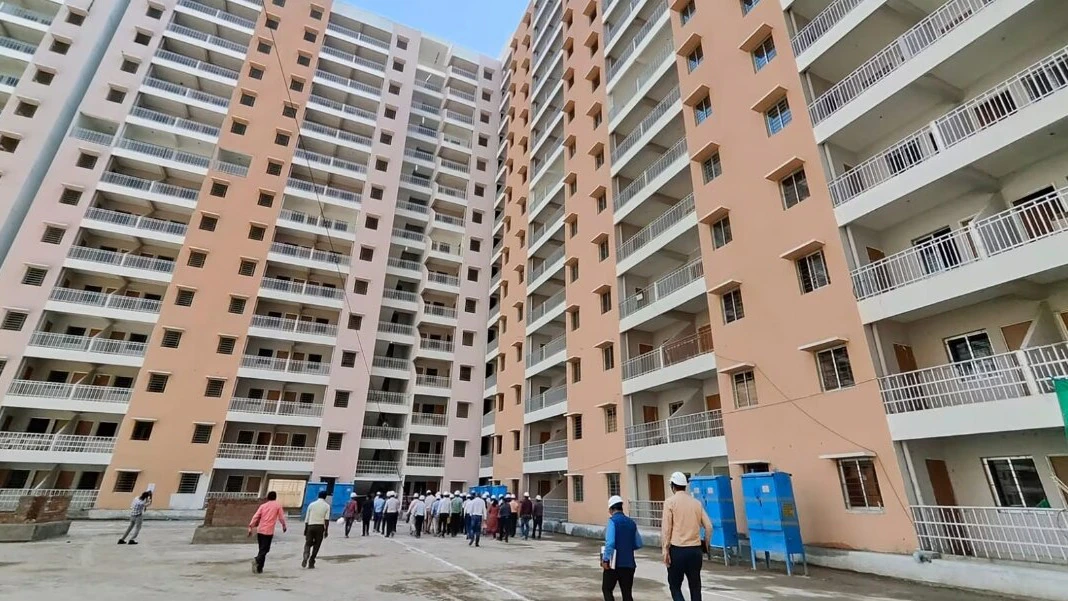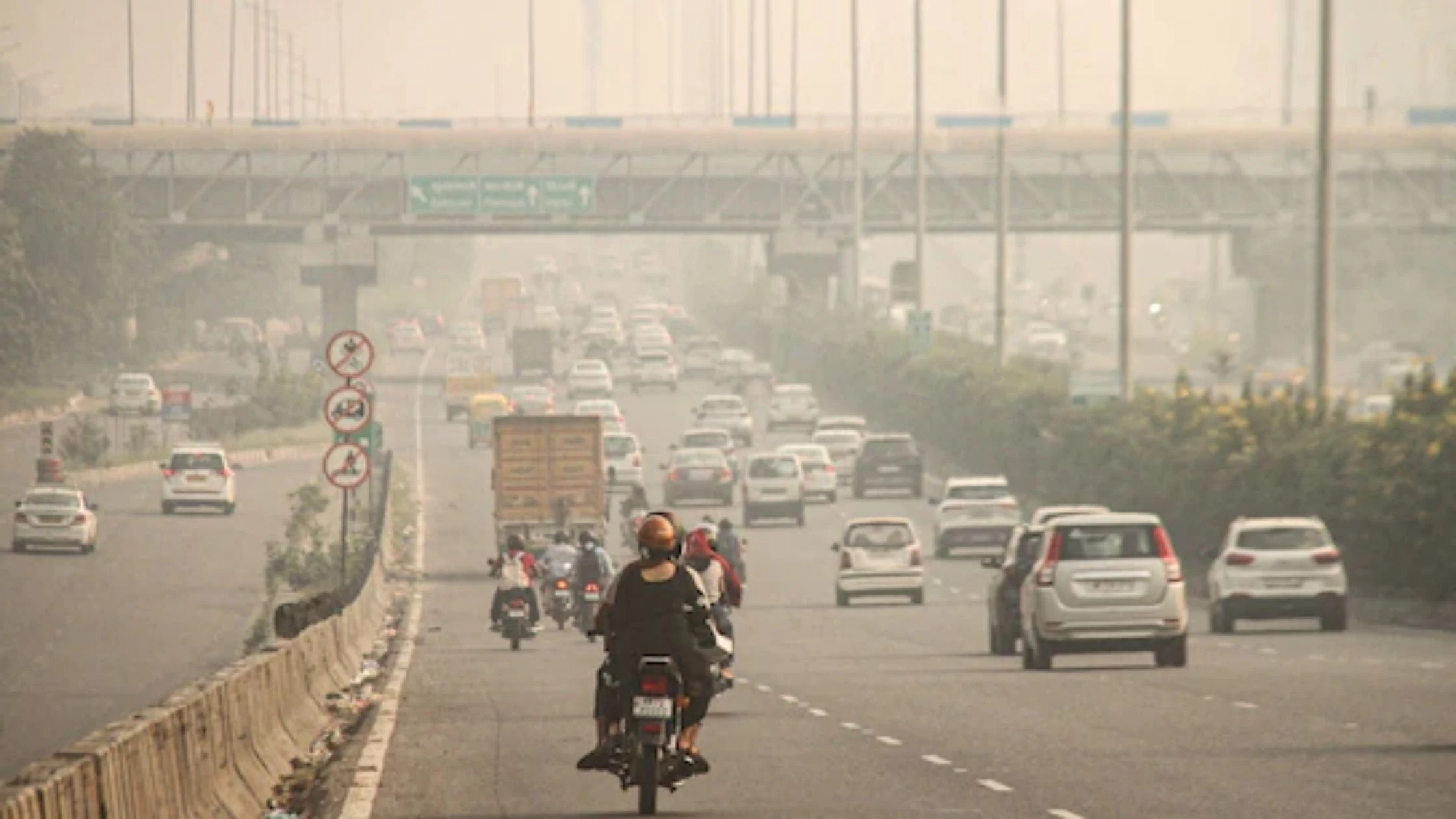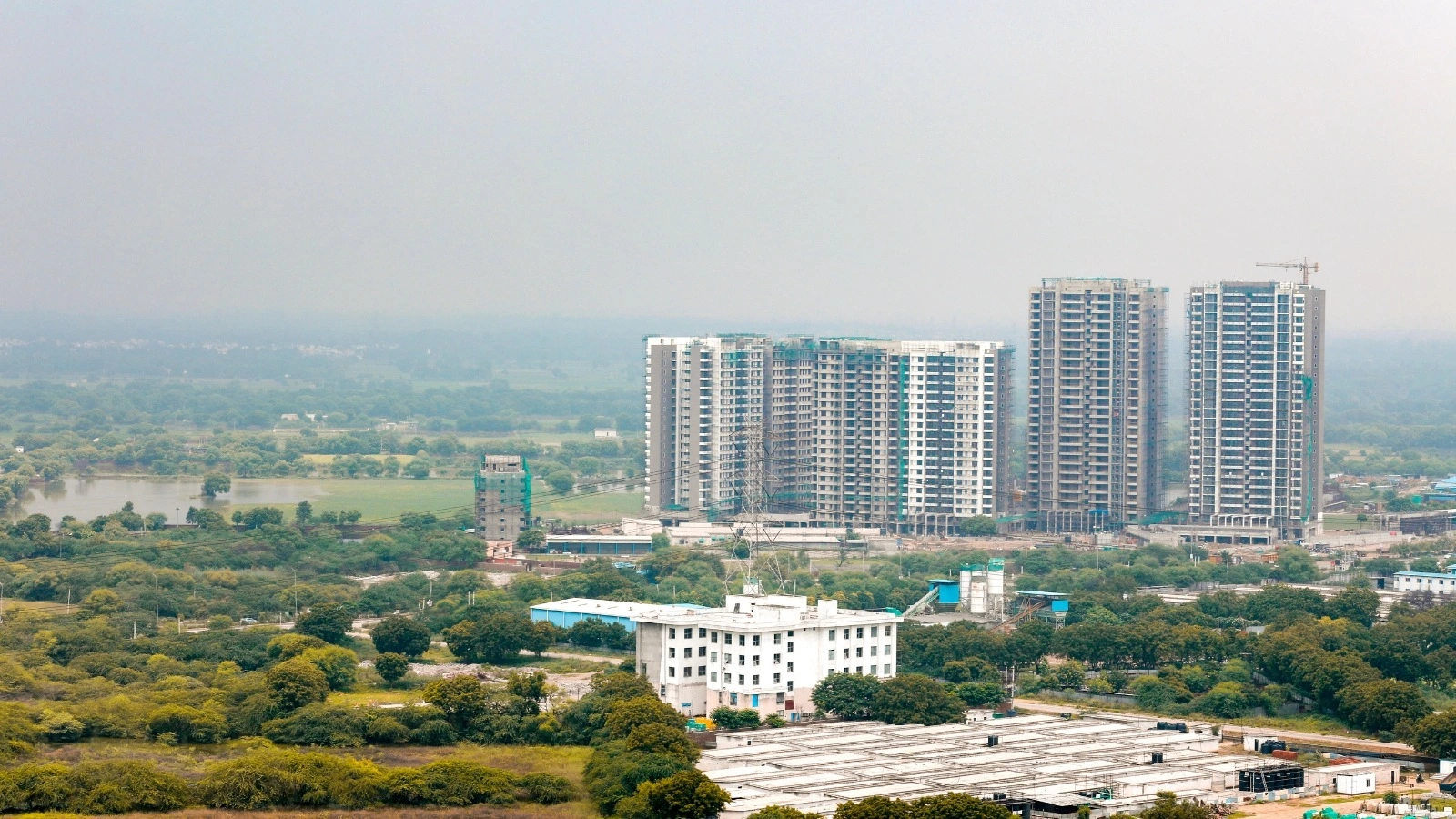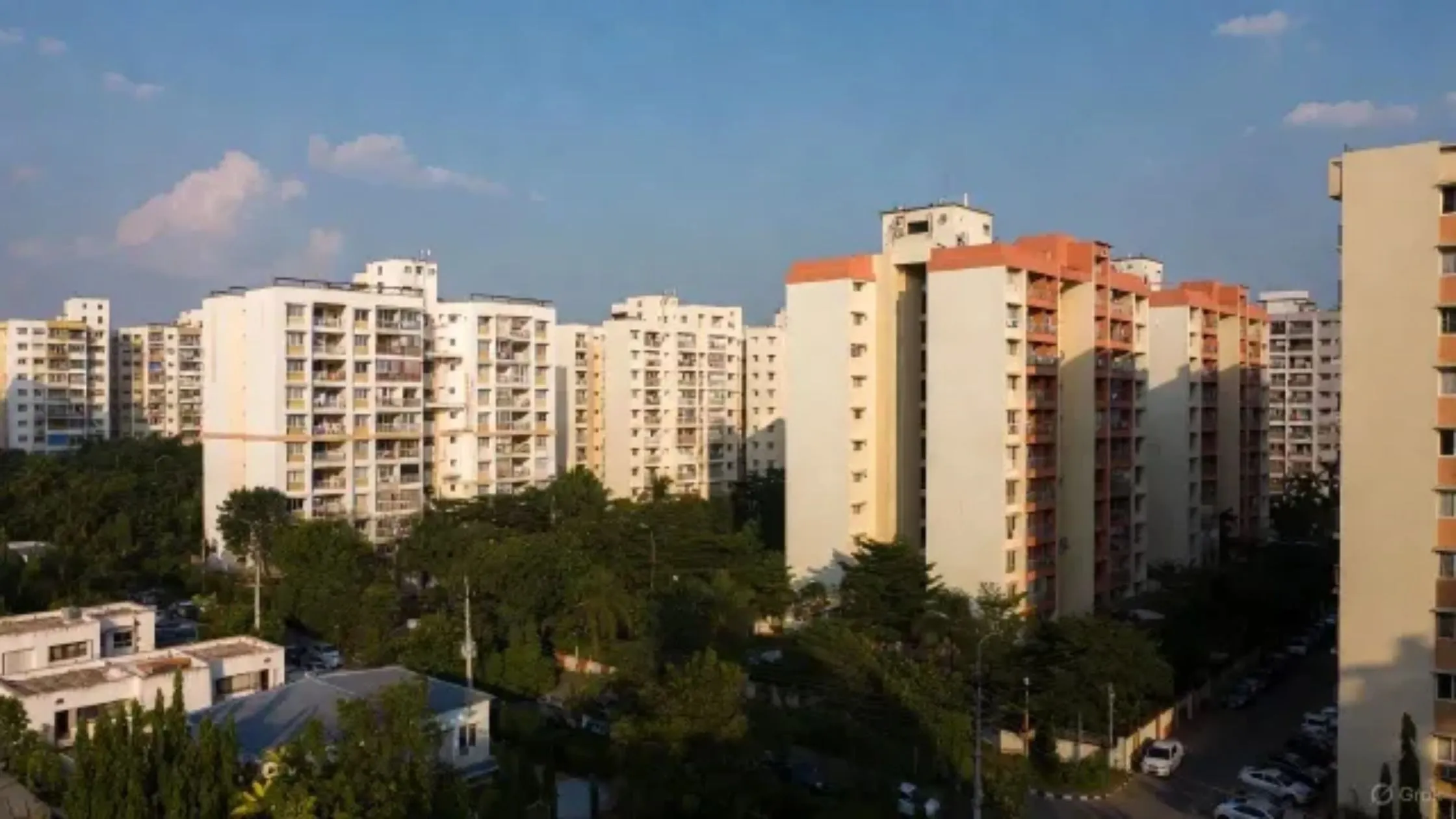Table of Content
In a landmark ruling set to significantly impact Maharashtra’s real estate landscape, the Supreme Court of India has cleared the regulatory haze that has stalled nearly 493 housing projects across the Mumbai Metropolitan Region (MMR) and Pune. The Supreme Court order on green clearance paves the way for the revival of these long-delayed developments, many of which cater to the affordable and mid-income housing segments.
Background: The Environmental Clearance Hurdle
The root of the issue dates back to multiple notifications and amendments issued in 2014 and 2016 under the Environment (Protection) Act, 1986. These sought to redefine how environmental clearances would be granted, creating additional layers of jurisdiction and regulatory complexity. The notifications proposed the creation of a dedicated Environmental Cell within local planning authorities to evaluate and clear real estate projects. However, this led to a prolonged debate over the competence and legality of such bodies, resulting in delays in granting environment-related approvals.
Thousands of homebuyers and hundreds of developers were impacted as projects remained stuck without the necessary environmental nod, halting construction activity and derailing project timelines.
Also Read: India Nears 1 Billion Sq Ft in Office Space, Poised to Become Fourth Largest Global Market
SC Verdict: Reaffirming SEIAA and SEAC Authority
In a writ petition filed by the environmental NGO Vanshakti against the Union of India, the Supreme Court has now categorically reaffirmed that the State Environment Impact Assessment Authority (SEIAA) and the State Expert Appraisal Committee (SEAC) are the competent bodies to grant project-level environmental clearances.
By striking down key provisions of the controversial 2014 and 2016 notifications including Clause 14(a) and Appendix 16 the apex court dismissed the idea of setting up local Environmental Cells under municipal authorities, citing jurisdictional overlap and lack of clarity.
This clarity comes as a big win for developers and over 70,000 homebuyers in the region, particularly those waiting for affordable and mid-segment homes. The Supreme Court order on green clearance paves a clear path for restarting construction and delivering long-stalled housing projects.
Industry Reactions: Relief and Renewed Confidence
Reacting to the ruling, CREDAI-MCHI, the apex real estate body in Mumbai, called it a "historic verdict" that restores faith in the regulatory process. According to the body, the judgment will help re-initiate work on nearly 493 stalled projects, which had remained in limbo due to ambiguous environmental clearance processes.
"This judgment is a direct result of CREDAI-MCHI’s proactive legal intervention to protect the interests of our members and the thousands of homebuyers impacted by stalled projects. We are grateful that the Hon’ble Supreme Court has upheld the role of SEIAA and SEAC as competent authorities," said Domnic Romell, President, CREDAI-MCHI.
Uniform Regulation for All Real Estate Projects
Another significant takeaway from the SC order is its emphasis on regulatory consistency. The Court rejected proposals for different treatment of industrial sheds, educational institutions, and housing projects under environmental laws. This marks a shift towards a uniform framework for all real estate categories, ensuring equal scrutiny and balanced environmental governance.
Legal experts say the ruling establishes a robust precedent for maintaining environmental accountability while streamlining bureaucratic processes for real estate development.
Impact on Mumbai and Pune’s Housing Supply
The Supreme Court order on green clearance paves the way for developers to unlock long-stuck inventory in two of India’s most critical housing markets, Mumbai and Pune. According to industry estimates, the affected projects span tens of millions of square feet and were awaiting clearance for years. Many of these projects had received all other approvals but were held back due to the environmental hurdle.
For buyers, the judgment restores confidence that possession timelines will now be met and legal uncertainties reduced. For developers, it signals a green light to mobilise labour, access financing, and relaunch stalled phases.
Also Read: Is UP’s Co-Developer Policy the Solution to Stalled Housing Projects?
Awaiting Official Order but Gearing Up for Revival
Although the official written judgment from the Supreme Court is still awaited at the time of writing, industry players and legal teams are already preparing for reapplication and renewal of project-related permits. Developers are hopeful that this ruling will now serve as the guiding principle for future environmental assessments, without ambiguity or delays.
Conclusion
The Supreme Court’s decision to uphold SEIAA and SEAC as competent authorities has come as a major turning point in Maharashtra’s housing sector. The Supreme Court's order on green clearance not only paves a procedural path for stalled projects, but also a psychological one for all stakeholders involved: homebuyers, developers, and regulators.
By removing overlapping authorities and promoting a uniform process, the judgment streamlines approvals and ensures smoother execution of future real estate projects. As the sector prepares to move forward, this verdict could well serve as a model for other states facing similar regulatory roadblocks.
Follow AquireAcers Whatsapp Channel to Stay Updated With The Latest Real Estate News








Ans 1. The projects were stalled due to ambiguity in environmental clearance regulations introduced in 2014 and 2016, which proposed setting up Environmental Cells within local planning authorities. This led to confusion over who had the authority to grant clearances, resulting in delays.
Ans 2. The Supreme Court ruled that the State Environment Impact Assessment Authority (SEIAA) and the State Expert Appraisal Committee (SEAC) are the rightful authorities to grant environmental clearances. It struck down controversial provisions of the 2014 and 2016 notifications, restoring clarity and jurisdiction.
Ans 3. The decision unlocks stalled construction on nearly 493 projects, offering relief to over 70,000 homebuyers and enabling developers to resume work. It brings legal certainty, allowing developers to reapply for clearances and plan project completions confidently.
Ans 4. CREDAI-MCHI actively intervened in the case to represent the interests of developers and buyers. The body welcomed the ruling as a "historic verdict" that re-establishes a clear and consistent regulatory process for environmental approvals.
Ans 5. Yes. The Supreme Court rejected the idea of treating industrial sheds, educational institutions, and housing projects differently under environmental laws. It advocated for a uniform regulatory approach to ensure fairness and consistency across all real estate categories.